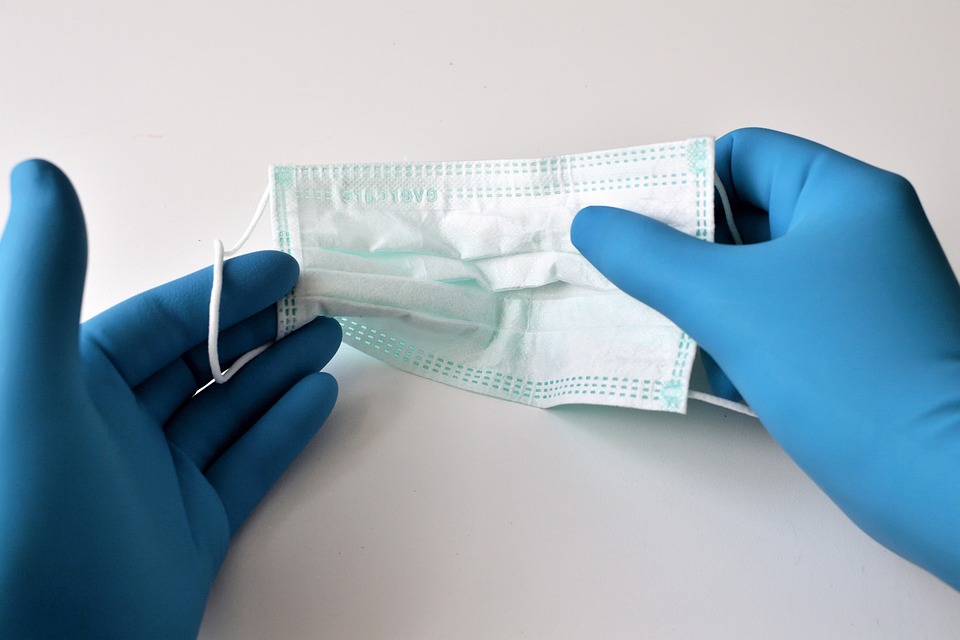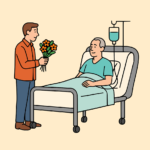Book Appointment Now

Human Papillomavirus and Cervical Cancer
Understanding Human Papillomavirus and Cervical Cancer
Cervical cancer, primarily caused by persistent infection with human papillomavirus (HPV), remains a significant global health concern. Nurses play a critical role in infection control and prevention, especially through patient education, HPV vaccination advocacy, and promoting regular screening practices. In this article, we will explore how nursing professionals can help reduce the incidence of HPV-related cervical cancer through best practices in infection prevention and patient care.
Get a custom nursing essay with your human papillomavirus (HPV) and cervical cancer assignment? ![]()
What is Human Papillomavirus (HPV)?
Human papillomavirus (HPV) is a common sexually transmitted infection (STI) responsible for various health conditions, including cervical cancer. Over 100 different strains of HPV exist, but types 16 and 18 are the most closely associated with cervical cancer. Nurses must be familiar with the transmission, prevention, and impact of HPV to effectively guide their patients in reducing risks.
How HPV Causes Cervical Cancer
Persistent infection with high-risk HPV strains can lead to the development of cervical cancer. The virus causes cellular changes in the cervix, leading to precancerous lesions that, if left untreated, can progress into invasive cancer. Nurses must be aware of this process to educate patients on the importance of prevention, early detection, and timely treatment.
The Role of Nurses in Preventing Cervical Cancer
Nurses are at the frontline of cervical cancer prevention through education, screening, and vaccination efforts. Their role includes educating patients on the connection between human papillomavirus and cervical cancer, dispelling myths, and encouraging proactive health measures.
Promoting the HPV Vaccine for Infection Control
The HPV vaccine is a crucial tool in preventing cervical cancer. It is most effective when administered before exposure to the virus, typically in adolescence. Nurses should advocate for vaccination in both males and females, as this helps reduce the overall transmission of HPV and ultimately lowers the risk of developing cervical cancer.
Key Points for Nurses:
- Ensure patients and guardians understand the benefits and safety of the HPV vaccine.
- Encourage vaccination during routine health visits.
- Address patient concerns and myths surrounding the vaccine.
Importance of Regular Cervical Cancer Screening
Routine screening, such as the Pap smear and HPV DNA tests, plays a vital role in early detection. Nurses should guide patients on the recommended screening schedules based on age and risk factors, ensuring timely follow-up for any abnormal results.
Key Points for Nurses:
- Explain the purpose and procedure of Pap smears.
- Reinforce the need for regular screenings, even after receiving the HPV vaccine.
- Educate on the different screening intervals based on guidelines and patient history.
Nursing Strategies for HPV Transmission Prevention
Nurses can provide guidance on safe sexual practices, such as condom use, to reduce the risk of HPV transmission. Additionally, educating patients about limiting the number of sexual partners and avoiding smoking can further minimize their risk of contracting HPV and developing cervical cancer.
Challenges in Nursing Practice: Addressing HPV Myths and Barriers
Many patients may be unaware of the connection between human papillomavirus and cervical cancer or hold misconceptions that hinder prevention efforts. Nurses must address common myths about the HPV vaccine and screening procedures, as well as cultural or socio-economic barriers that might prevent access to care.
Overcoming Vaccine Hesitancy
Nurses should employ culturally sensitive communication strategies to overcome vaccine hesitancy. This may include providing evidence-based information, offering reassurance about vaccine safety, and addressing specific patient concerns.
Bridging the Knowledge Gap in HPV and Cervical Cancer
Nurses can help close the knowledge gap by ensuring that educational materials about HPV and cervical cancer are accessible to diverse patient populations. Simple, clear communication is key to empowering patients to take control of their health.
The Vital Role of Nurses in Combating Human Papillomavirus and Cervical Cancer
Nursing professionals play an indispensable role in reducing the incidence of cervical cancer through education, prevention, and early detection strategies. By promoting the HPV vaccine, supporting regular screenings, and addressing patient concerns, nurses can significantly contribute to the fight against human papillomavirus and cervical cancer. Their efforts in infection control and prevention are crucial in safeguarding public health.







